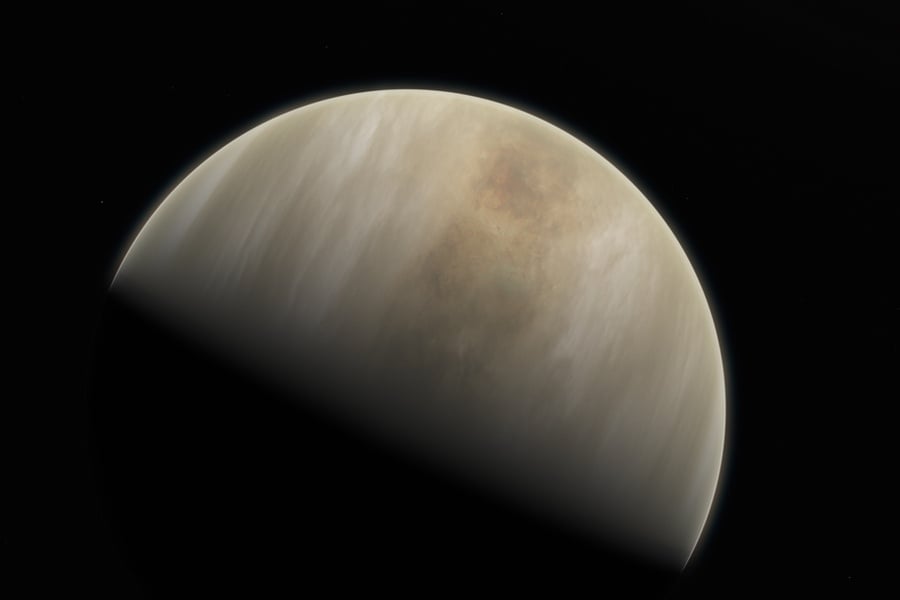
By combining two exoplanet detection methods for the first time ever, the GRAVITY collaboration has confirmed the existence of a second planet around Beta Pictoris
Continue reading

Astronomers can now test the limit of relativity and whether new physics lies beyond Einstein's model.
Continue reading

Could it be that the reason we haven't heard from any aliens is because they transcended and aren't interested in talking anymore?
Continue reading

A reexamination of data obtained by the Mars Express probe has found more evidence of stable bodies of water beneath the southern polar icecap on Mars.
Continue reading

The NASA Lunar Deep Freeze Challenge is looking for innovative ideas on how to bring back ice samples from the Moon
Continue reading

SpaceX just passed another milestone with the SN7.1 test tank, which they tested to failure by pressurizing it until it exploded
Continue reading



















